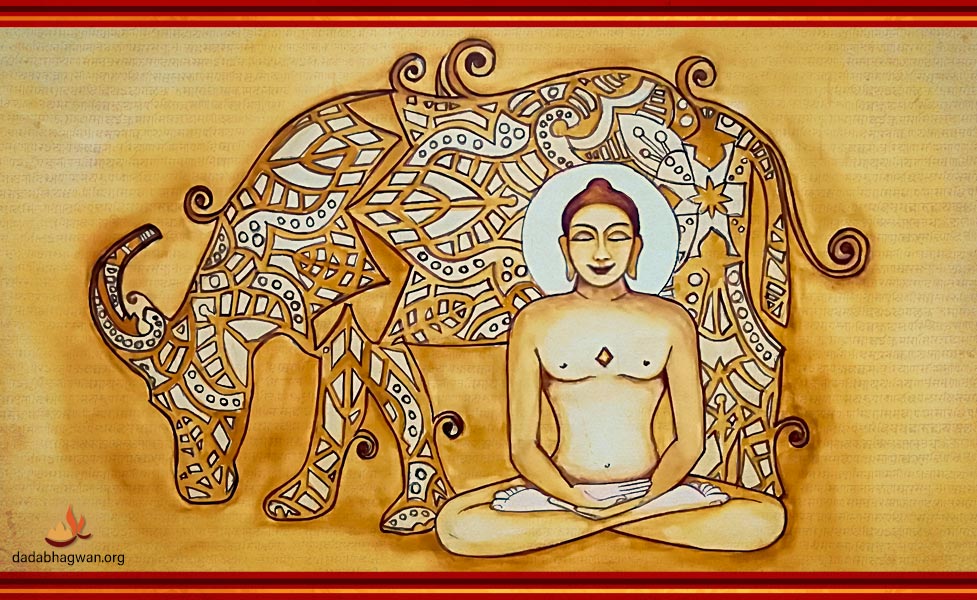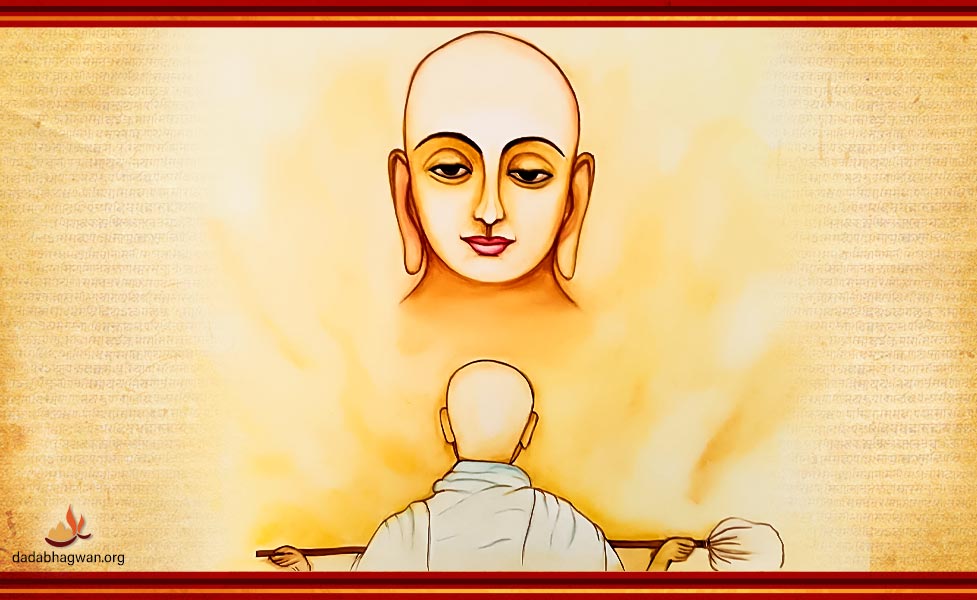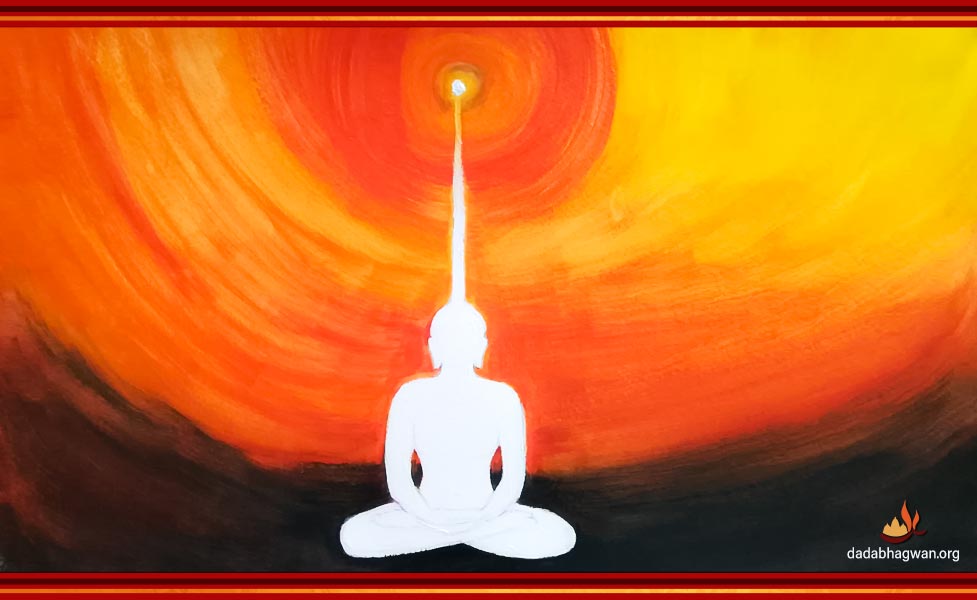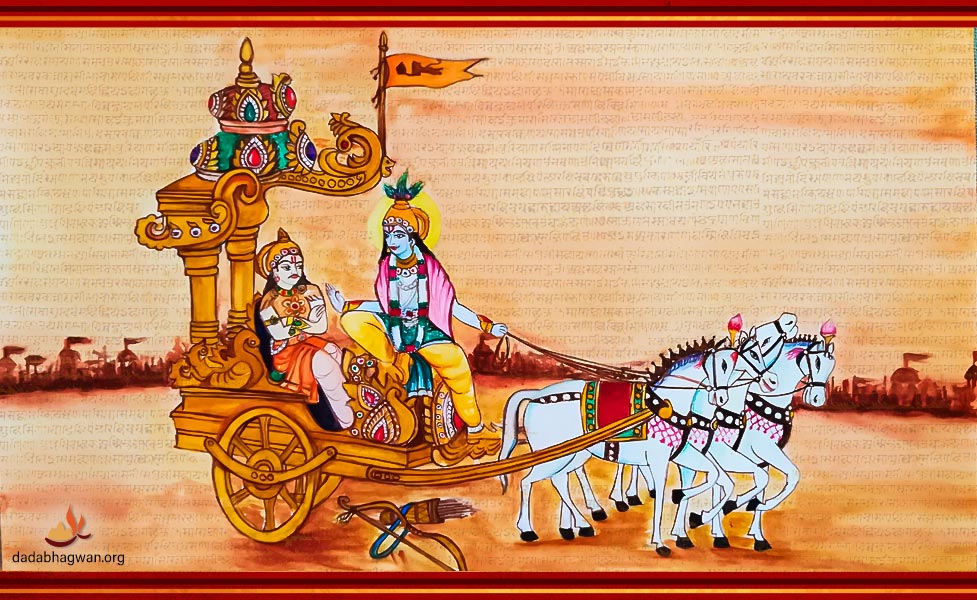Shree Vasupujya Bhagwan: Life Stories of the Twelfth Tirthankara
Shree Vasupujya Bhagwan was the 12th Tirthankara of the present time cycle. His height measured 70 bows.
Shree Vasupujya Swami’s symbol was Mahish. Kumar Yaksha Dev and Chandra Yakshni Devi are His Shaasan Dev and Shaashan Devi, respectively. Come, let’s now read the life story of His past two births and His birth as a Tirthankara.

Shree Vasupujya Bhagwan – Past Births
Shree Vasupujya Swami’s prior birth was as King Padmottar who ruled over the Ratnasanchaya Nagri, located in the Manglavati Vijay in the Pushkarvara Dweep’s Purva Mahavideh Kshetra. King Padmottar ruled his kingdom very nicely. When time came, he took Diksha. With his great worship, he bound the Tirthankara gotra. After many years, upon completing his lifespan, his next birth took place in the 10th heaven.

Shree Vasupujya Bhagwan – Birth, Diksha and Keval Gnan
From the 10th heaven, Shree Vasupujya Swami’s birth took place in the Bharat Kshetra’s Champa Nagri at King Vasupujya and Queen Jaya’s place. The Lord’s childhood passed very beautifully.
When He grew young, His parents requested Him to get married. They informed Him, “From all over the world, many marriage proposals are coming for you from very good and prestigious kings. So, please give your consent for the marriage.” However, Lord Vasupujya was not agreeing for marriage. So, His parents made Him understand that the first Tirthankara Rishabhdev Bhagwan was also married and He had two queens. Even the rest of the Tirthankaras had married. The parents wished that He too should get married and take Diksha. Expressing their intention, the parents said, “You take charge of the kingdom as now we shall be taking Diksha. We have reached that age where it is our duty to take Diksha and work towards our spiritual progress.” Be it a big king or a Chakravarti, the final goal is to hand over the kingdom, take Diksha, and then work towards going to Moksha.
Vasupujya Bhagwan said to His parents, “In which birth have I not married? In which birth have I not enjoyed all the pleasures? Which life form have I not been to? Right from one-sensed creature to the five-sensed human form, I have taken birth infinite times! Infinite times, I was born; I got married, had children! What did I finally achieve from all of this? All this is in my memory. And more so, the other Tirthankaras had their karma (to get married) pending; I have no pending karma of getting married; it has completed. Hence, how can I marry? My marriage is not destined to happen. Also, amongst the future Tirthankaras, Mallinath Bhagwan and Neminath Bhagwan too will not get married.”
Vasupujya Swami did not agree to get married, and instead, took Diksha and in just one month, He attained Keval Gnan. His goal was to get free from the cycle of birth and death and attain liberation.
Deshna on Religion
After attaining Keval Gnan, Lord Vasupujya Swami’s Samovasaran was set wherein He gave very beautiful Deshna to people. Listening to Lord’s Deshna, lives of many got transformed. In His Deshna, Lord said many good things regarding dharma (religion).
What is the meaning of dharma? In what form is the intent of dharma? When born as a human in a highly cultured family, having very good parents who have given good moral values, one should be keen to attain religion.
The general belief is that religion means to do puja, aarti, counting prayer beads and chanting the name of God. However, what about the remaining time? We do not have any awareness of the kind of karmas we bind during the rest of the day. Especially in the human form, religion holds a great significance! Whoever is on the path of true religion experiences a constant peace, has inner peace all the time. Inner peace is a natural outcome of true religion.
What is the true definition of religion? That which brings result is religion. So, if it does not give result, then how can it be called religion? No matter how much religion we may practice or follow, if peace does not prevail within but rather worries, problems, conflicts and passions are overwhelming us, then it cannot be said that we have practiced religion. So, somewhere we are going wrong. It is essential to find that mistake and come out of it. When practicing true religion, result must come.
Then, elementally also, there is a beautiful definition of religion—when an eternal element (vastu) manifests in its intrinsic functional properties (gunadharma), that is called dharma (true nature of a thing, function of that vastu). Every eternal element has intrinsic properties of its own, but until and unless it does not prevail in that intrinsic nature, it is not called vastu (eternal element). For example, gold is called gold only if it is in its intrinsic properties—it is yellow; it is shining; it is malleable; it does not rust; it does not turn black. So, when anything returns to its intrinsic properties, it is said to have come in its dharma.
Tirthankaras have said that there are two types of religions:
- Vyavahaar dharma (Relative religion), and
- Nishchay dharma (Real religion).
Nishchay dharma means Atma dharma (the religion of the Self), and vyavahaar dharma means anatma dharma (religion of the non-Self). Whatever touches the mind, speech and body goes into vyavahaar dharma. Rituals, worship, religious practices, disciplinary rules and policies–they all fall under vyavahaar dharma. Which is the highest vyavahaar dharma? May no living being be caused slightest hurt through my mind, speech or body–that only is called ‘Ahimsa Parmo Dharma,’ meaning non-violence is the highest religion!. “May no one be hurt!”, in that intent lies the subtlest ‘Ahimsa Parmo Dharma’ and that is the first Mahavrat. With a true heart, say this five times in the morning, “May no living being be caused slightest hurt through my mind, speech or body.” If just this much happens within, then the entire vyavahaar dharma is said to have come to us.
Doing puja, going through verses, serving, worshipping God, listening to sermons and doing the ritual of pratikraman—all goes into ritual practices. Pratikraman is of two types–one is Dravya Pratikraman and the other is Bhaav Pratikraman. The Tirthankara Lords have segregated every aspect into two namely, external and internal. The external dharma is called vyavahaar dharma and the internal Atma dharma is called the nishchay dharma.
Vyavahaar dharma brings us from bad to good, helps us come out of bad karmas (paap) and makes us bind good karma (punya). In the vyavahaar dharma, there is ego and ignorance of the Self.
When one comes into the Atma dharma, the entire ignorance leaves and one realizes that ‘I’ am not in the form of mind, speech and body, but ‘I’ am in the form of a Soul and the Atma (Soul) comes into its intrinsic nature. Knower, Seer and eternally blissful is what Gnanis have termed as Atma dharma; until this state does not come, true nishchay dharma, meaning Atma dharma, is not said to have been attained. Since infinite lives, we have been doing the vyavahaar dharma, but only after realizing the Self, we are said to have come into the Atma dharma.
When one comes into the Atma dharma, liberation from all types of suffering begins. Later, one goes to Moksha (ultimate liberation). In Moksha, the experience of eternal bliss remains with the Self forever; there, the Soul remains in its nature only. What is the true nature of Soul? Knowledge, vision and bliss! The true gunadharma of Soul is in the form of Absolute Knowledge (Keval Gnan Swaroop) and to remain in eternal bliss.

Vyavahaar dharma is in someone else’s control, not in one’s own control. One’s swadharma alone is in one’s own control. Swa means Atma. Coming into the Atma dharma is called swadharma. Other than that, the other dharmas of mind, speech and body are said to be paradharma (dharma of the non-Self).
Generally, people consider the religion (their sect) they follow to be the swadharma (the religion of the Self) and the rest of the religions are said to be pardharma (religions of non-Self). This is how people distinguish the swadharma from the paradharma.
In the Shreemad Bhagavad Gita too, Lord Krishna has talked about swadharma, but he calls Atma dharma to be one’s swadharma, not any specific religious sect. Regarding the physical body, Lord Krishna has very clearly said, “This body is temporary; one day this body will be burnt. The Soul is eternal, is immortal; it is our real Self.”

People do not understand the fundamental teachings of God and various sects and religions come up. Until Soul is not realized, one has not come in swadharma at all; until then, one is in the non-Self (anatma) part only.
In the non-self division comes the antahkaran, the internal functioning mechanism in every human being composed of the mind, the intellect, the chit and the ego:
- The mind is in the nature (dharma) of mind. What is the dharma of mind? To think! One that thinks is called mind.
- Intellect is in the dharma of intellect. What is the function of the intellect? Makes decisions; helps distinguish between good and bad; shows all dualities such as happiness-misery, attachment-hatred, good-bad and cold-hot.
- The chit, inner faculty of knowledge and vision, goes and captures all the images, meaning it shows us everything as is. Thus, the chit is in its nature.
- Ego is in its nature. The ego is the signing authority; it signs. Also, the ego becomes the doer of all activities and it becomes the sufferer too.
In the antahkaran, all these components are in their respective dharma. Hands, legs, body and speech are also in their respective dharma. All senses are going on performing their respective dharma (functions), but the Soul alone has missed its dharma. What is the dharma of the Soul? Knowledge, vision and bliss!
Nirvana
Lord Shree Vasupujya Swami gave a beautiful Deshna on dharma. He engaged people greatly into dharma and helped them come out of Adharma. To move aside Adharma and come into dharma is called dharmadharma (relative religion); moving ahead, when one comes into the Atma dharma, one comes onto the path of Moksha.Through the darshan of the Lord and after listening to His Deshna, millions of people understood the real nature of religion and proceeded towards liberation.
Dviprusht Vasudev, the second Vasudev of the present time cycle, had come to Potanpur. Listening to the Deshna of the Lord, He attained the right Vision or the right belief of ‘I am pure Soul’ (Samkit) at once.
Lord Vasupujya Swami had 66 Ganadhars (chief disciples of a Tirthankara). He along with 600 Sadhus, attained Nirvana from Champa Nagri and went to Moksha.
subscribe your email for our latest news and events





